11 Koala Facts That Prove They’re Not As Innocent As You Think
Koalas look like they belong in a children’s book, but spend enough time around one, and you’ll realize—they’re not exactly peace-loving tree-huggers. Beneath the sleepy eyes and teddy bear vibes is a cranky little marsupial with a growl that sounds like a chainsaw and a mood that flips fast.
Set the Record Straight
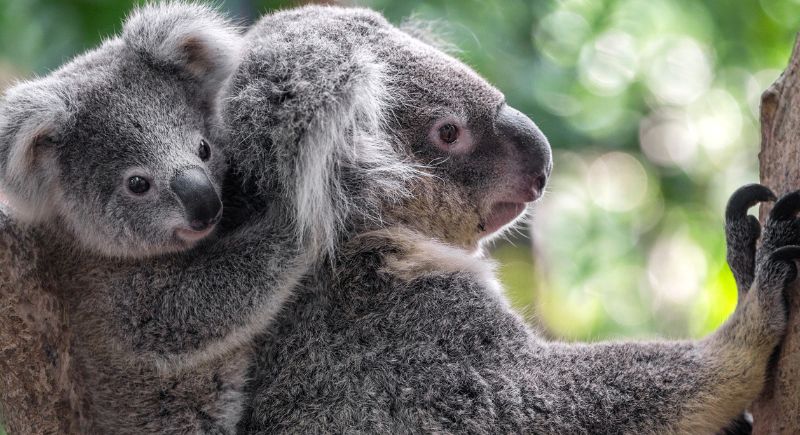
Credit: Getty Images
Next time someone calls a koala a bear, feel free to set the record straight—these little legends are marsupials through and through. Their joeys show up smaller than a jellybean and finish growing in mom’s cozy pouch, just like kangaroos and wombats. The “koala bear” label came from early European settlers who were fooled by the fuzzy resemblance.
They Dress for the Climate
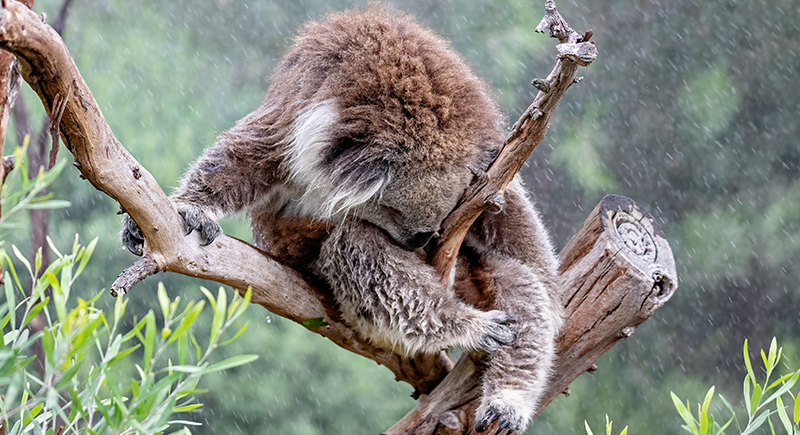
Credit: iStockphoto
You’d think a koala’s a koala, right? Not quite. These little eucalyptus lovers are rocking totally different looks depending on where they hang their claws. Down south in chilly Victoria, these tree-huggers bulk up like they’re prepping for a snowstorm—thick fur, chunky builds, the whole cozy package. Head north to Queensland, and it’s all lean frames and summer-weight fluff.
They Mastered the Toxic Diet
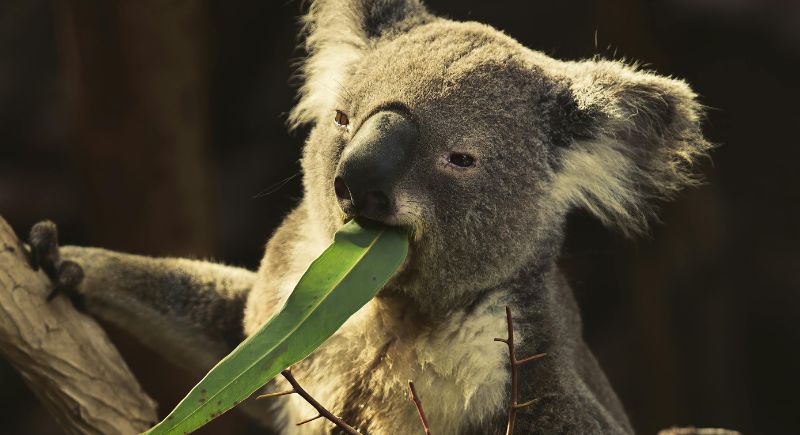
Credit: pexels
While most animals steer clear of eucalyptus because of its harmful oils, koalas dive in like it’s an all-you-can-eat buffet. They’ve got a turbocharged digestive setup, including an extra-long caecum, that neutralizes those nasty compounds. And with a metabolism set to “chill,” they can snooze through the day while still munching 400 grams of these leaves.
Baby Food Comes With a Microbial Kick
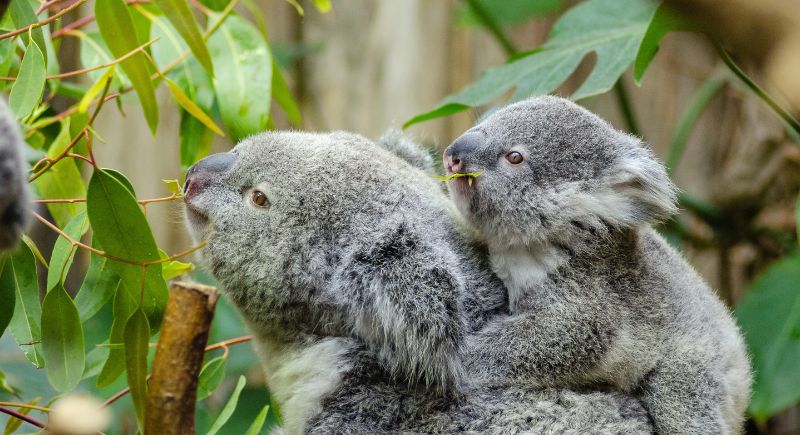
Credit: pixabay
When it’s time for their joeys to prep for a eucalyptus-only menu, koala moms serve up “pap”—a special green paste straight from their cecum, rich in the gut bacteria needed to break down toxic leaves. Around five to six months old, the joey starts slurping this nutrient-packed goo to build a digestive system tough enough for eucalyptus.
They Sip From Trees Like Pros
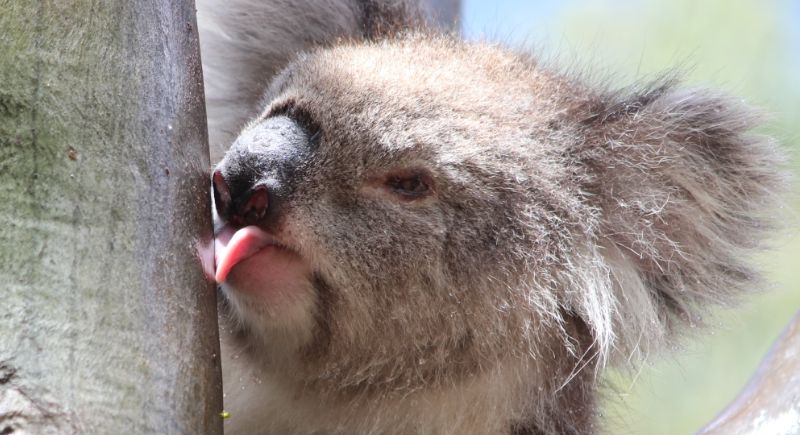
Credit: Wikimedia Commons
Koalas have hydration down to a science—normally, they get most of their water straight from eucalyptus leaves, which pack 50–65% moisture content. But when it rains, you’ll catch them licking trunk run-off in a move called “stemflow.” With climate change drying things out, koalas are getting bolder, sometimes heading straight for humans when they’re thirsty.
They’re Engineered for the Treetops
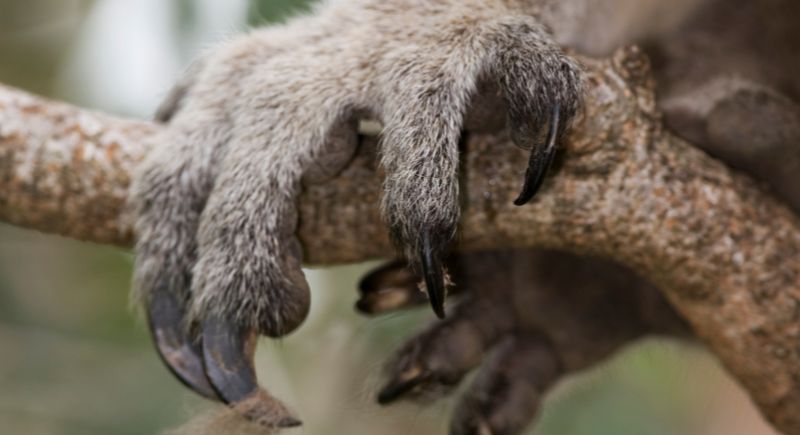
Credit: Getty Images
If koalas had a gym, it’d be all ropes, no treadmills. These little climbers come with gear most action heroes would envy—like two opposable thumbs on each front paw. It gives them a grip so firm they can nap in treetops without a care. And to keep things tidy, they’ve got a personal fur comb built right into their toes.
They Snooze Their Way to Survival
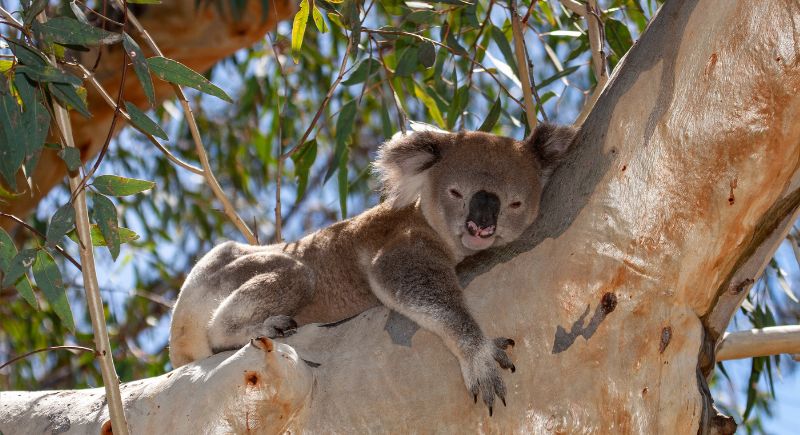
Credit: Getty Images
These eucalyptus lovers clock up to 20 hours of snooze time a day—not out of laziness, but pure survival smarts. Their leafy diet is low on energy and tough to digest, so resting helps them stretch every calorie. By staying motionless in the treetops, they dodge predators while recharging.
They Left Their Tails in the Past
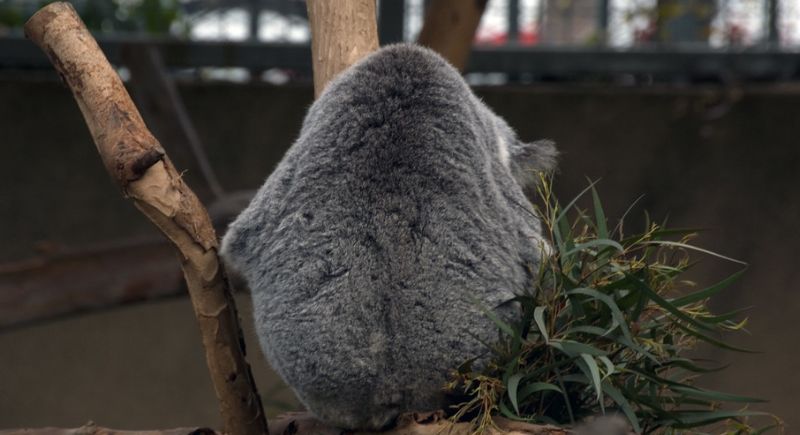
Credit: flickr
For an animal that practically lives in trees, having no tail seems like a design oversight. Instead of a tail, koalas come equipped with grippy hands and rough footpads that stick to bark like Velcro. Sure, their bones still hint at a tail from way back, but evolution clearly had other plans.
Brainpower Isn’t Everything For Them
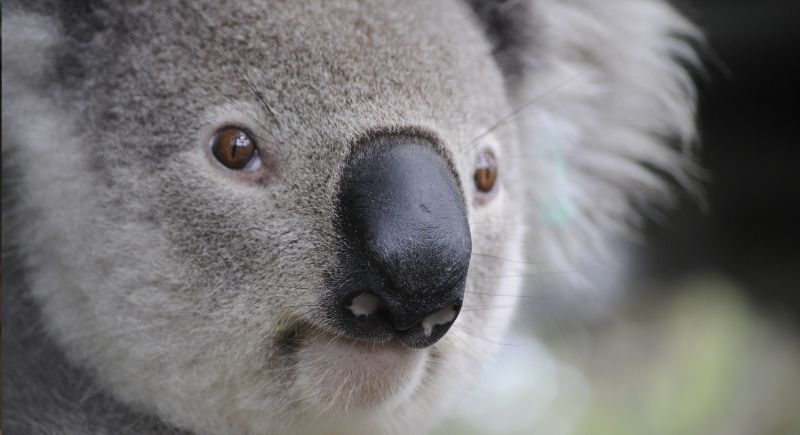
Credit: pixabay
Koalas may not be brainiacs by mammal standards, but their compact brains are perfectly tuned to their laid-back lifestyle. Weighing just 19.2 grams, their smooth, no-frills brains take up only about 61% of their skulls—the rest is filled with cushioning fluid that likely protects them during tumbles from trees.
Koala Mating Season Sounds Off
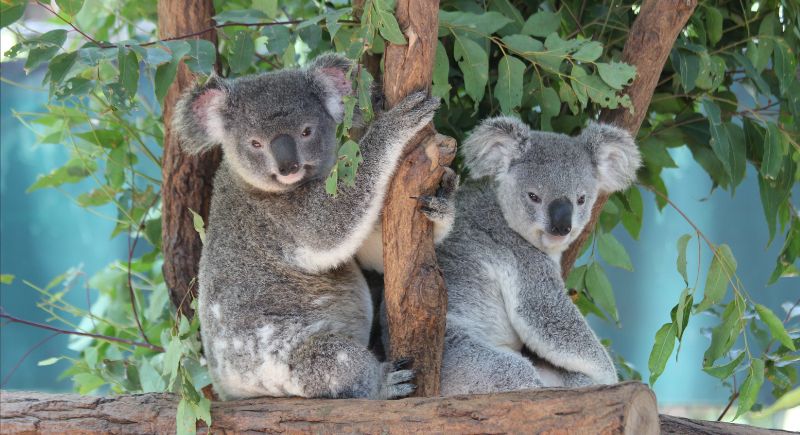
Credit: Getty Images
When it’s time to impress or intimidate, they sound like something out of a monster movie. Males belt out these deep, guttural bellows that echo through the trees. Thanks to a descended larynx and velar vocal folds, they pull off these deep rumbles despite their small size.
Koalas Don’t Want Your Hugs
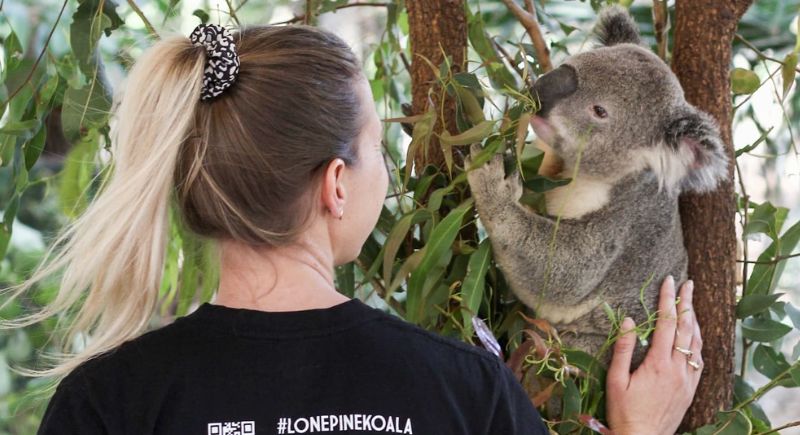
Credit: Instagram
Looking like living plushies doesn’t mean koalas are into hugs—they’re into boundaries. Being picked up or passed around for selfies cranks up their stress levels fast. That’s why states like New South Wales and Victoria have called it quits on koala cuddling, and even Queensland spots like Lone Pine Sanctuary are stepping back.
Koalas Are Endangered
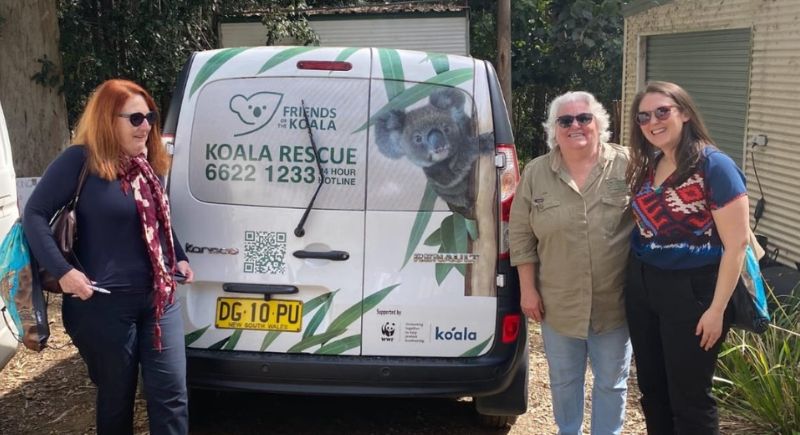
Credit: Facebook
Out in the wild, their story’s taken a tough turn. In 2022, parts of Australia officially listed them as endangered—too many forests cleared, too many fires, too little space to call home. Still, the fight’s far from over. Local heroes like Friends of the Koala are nursing the wounded and planting the future.
They Are Australia-Only Originals
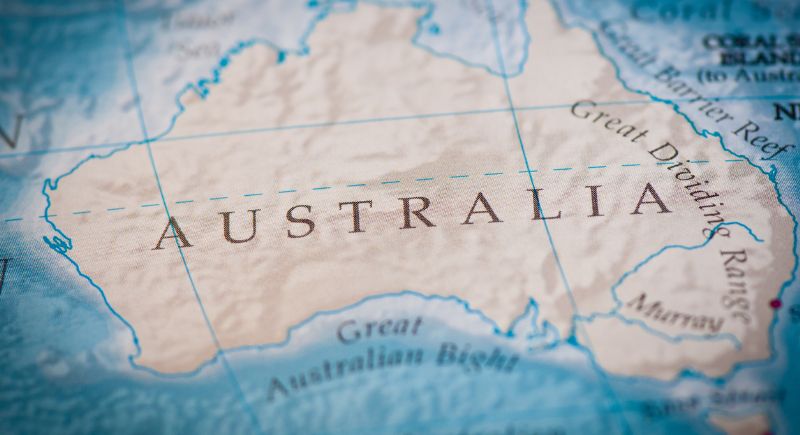
Credit: Getty Images
You won’t find koalas hanging out in the rainforests of Brazil or perched in the treetops of Africa—and there’s a reason for that. These marsupials are exclusive to Australia, where millions of years of evolution tailored them to thrive in eucalyptus forests found nowhere else on Earth.
Tree Life Chose Them
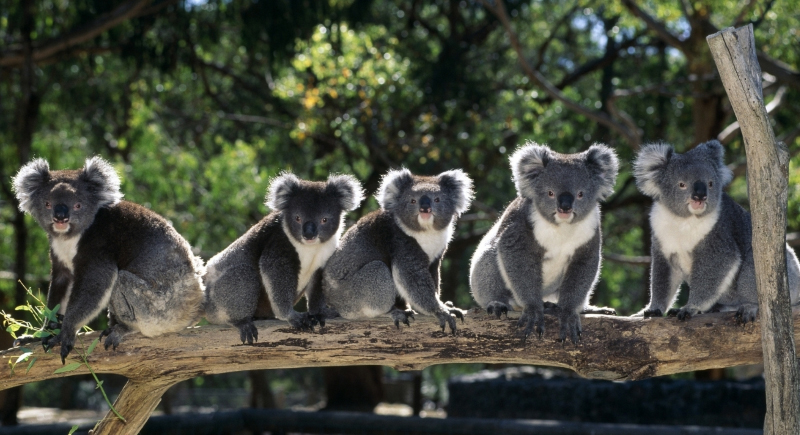
Credit: Tourism Australia
Once part of a diverse marsupial crew that roamed lush rainforests, koalas watched their world dry out and decided to specialize. While their wombat cousins went underground, koalas took to the canopy, ditched variety, and committed fully to eucalyptus. They’re now the lone survivors of the Phascolarctidae family.
They Navigate Life by Scent
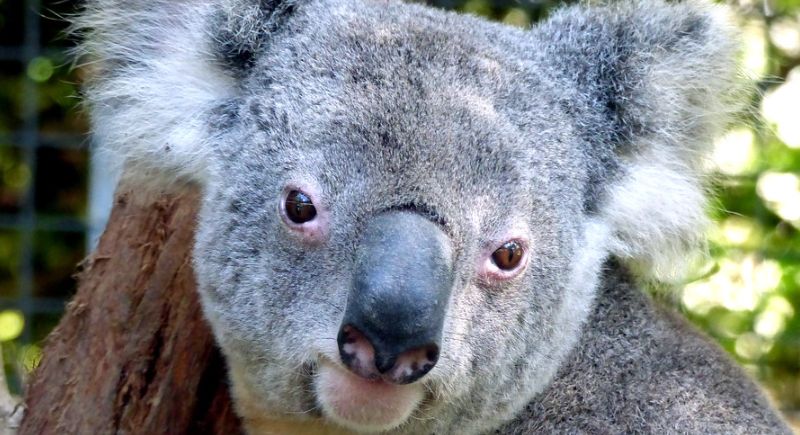
Credit: flickr
The squishy koala nose is the command center for everything important. Regarding food, their noses can sniff out chemical differences and choose the safest, tastiest bites. That same nose also helps them pick up messages left by other koalas. Males rub their chests on trees to mark turf or flirt, and every koala knows who’s who by scent alone.